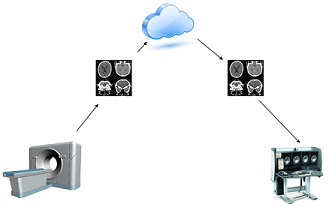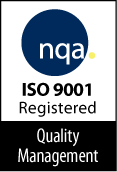Cloud-based image management may help reduce unneeded and duplicate images. The rising cost of healthcare can be attributed in part to extensive imaging, and we have to bring those costs under control, There are some estimates that 20 percent of imaging performed in the United States is inappropriate. Part of it is due to lack of access to exams.
In a cloud-based system, data is stored on external servers and can be accessed via the Web, requiring only a computer with an Internet connection, whereas the client-server systems store data in house, requiring a server, hardware, and software in the physician’s office. Although in-house servers have traditionally been the norm, practices are increasingly switching to the cloud for a number of reasons.
The benefits of cloud computing include cost and energy savings, rapid deployment, and customer empowerment. According to the working definition by the U.S. Commerce Department’s National Institute of Standards and Technology (NIST), cloud computing is designed to enable “ubiquitous, convenient, on-demand network access to a shared pool of configurable computing resources (eg, networks, servers, storage, applications and services) that can be rapidly provisioned and released with minimal management effort or service provider interaction.” Simply put, cloud technology allows users to access applications from any computer with Internet access.

The 5 essential cloud-computing models that NIST lists are:
- on-demand self-service
- broad network access
- resource pooling
- rapid elasticity or expansion
- measured service
When a radiology department or group adopts medical imaging via the cloud, it is essential that it matches one of these NIST models as closely as possible to reap the benefits for image and data exchange. With the increased use of diagnostic imaging and as Meaningful Use requirements add imaging to the list of criteria, there is an immediate need to simplify image-share processes across healthcare organizations. Cloud computing for PACS offers a cost-effective and scalable solution

